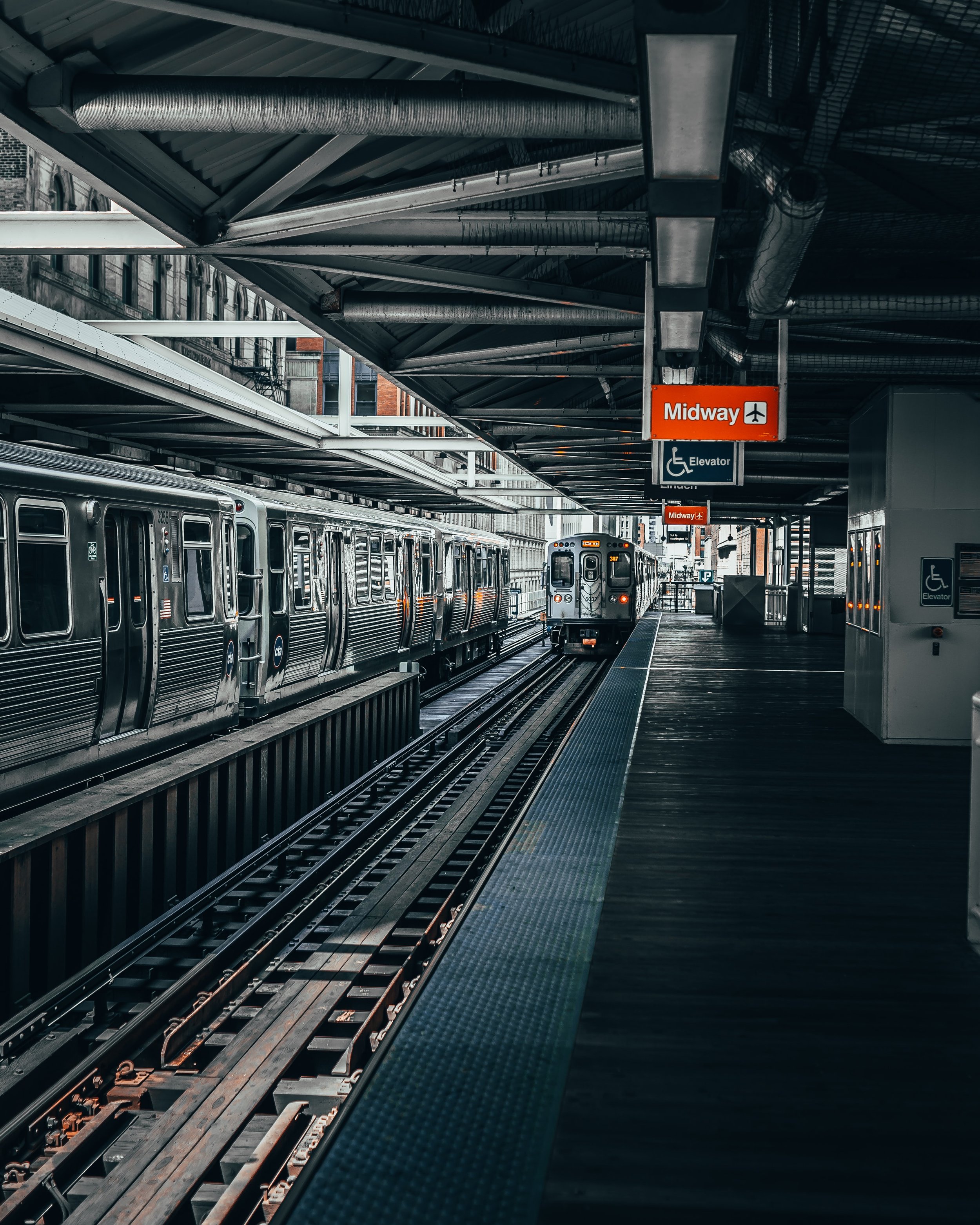
Padlock
2022 | Interaction Design Workshop | MDes Project
Instructors: Jo-Ellen Kames, Jennifer Levin | Team: Parker Joyner, William Chen, myself
IIT Institute of Design x City of Chicago
In partnership with the City of Chicago, the Interaction Design Workshop course at IIT Institute of Design was tasked with developing interactive solutions to improve the reentry process for citizens returning from prison.
PadLock is a user-centered system which guides reentering individuals in finding housing that’s right for them, accessing services in their neighborhood, and joining a community.
Background
Our team of three conducted secondary research as well as spoke to two returned citizens, the City of Chicago Chief Data Officer, and two Chicago-based social workers to understand where our project can provide value.
We decided to focus on housing as it is a critical need returning from prison and can be a persistent issue for returning citizens continuing to find independence. According to a 2018 survey from Rush University, 74% of returning citizens have their applications rejected.1 The repetitive housing rejections returning citizens face impact various factors that impact their success and creation of new lives.
“I want to change my life, but without steady housing, it’s hard for me to keep a job. I don’t have a place where I can get some proper rest, set myself up to get transportation.”
— Clyde, age 48
“No Place to Call Home: Navigating Reentry Housing in Chicago.” Rush University Policy Research Collaborative. 2018.
Primary Research: Interviews with
-

Nick Lucius
Chief Data Officer, City of Chicago
-

James Swansey
Policy Director, Restore Justice
-

Tim Sheehan
President and CEO, Richmond Street Consulting
-

Millicent Lewis-McCoy
Former Director of Corrections Transition Programs for TASC
-

Kelly Costello
Founder and CEO of Panorama Innovation, Co-founder of Women Initiating New Directions (WIND)
-

Grace House Guest 1
Reentering Citizen at Grace House, Prototype and Concept Reviewer
-

Grace House Guest 2
Reentering Citizen at Grace House, Prototype and Concept Reviewer
Approach
In developing a tool for returning citizens, we chose a unique approach adapted from Maslow’s Hierarchy of Needs. We acknowledged that people returning from prison have greater struggle fulfilling physiological and safety needs before they even work towards their self fulfillment needs.
Given that they left a highly structured environment, navigating from the inner circle outward creates enormous psychological stress that can cause people to lose hope.
The PadLock system aims to use self-fulfillment goals to motivate our audience to find the right place and meet the right landlords for a more connected experience.
Designed to be
Multi-Modal
PadLock provides multi-modal interaction that serves people on-the-go through showing them their housing options, resources, and community when they find themselves physically there. Users can share news within the community that can be heard when the user is in proximity to the location.
We decided to design our prototype based on a smaller and older iPhone model as our audience may not have access to the latest versions of smartphones. This enabled us to design for the smallest smartphone form factor in Figma.
Collaborative
PadLock features portals for both the renter and the landlord. Available housing is populated by empathetic landlords found through public service incentive programs, and, over time, independent landlords interested in supporting the reentering citizen community.
The renter is given the ability to tell their story, identify what they need, and find a community that fits them while navigating the city. The landlord is able to review the renter’s profile, view what documents they have, and message them on their terms.
Meet Danny
To ground our prototype, we tell the story of Danny, our user persona.
Danny grew up on the South Side. He lived in Hyde Park for many years and his daughter is still there with her mother. Danny recently began his reentry process a week ago and is looking for place for tonight. He’s on-the-go often, either by walking, bike, or public transportation. He finds what he needs from what he sees during the day. He trusts local information and wants to feel connected to his neighborhood.
Looking for a place for tonight
Danny has been staying a friend’s place for a few days since he got out. But he knows he can’t stay there forever. He opens PadLock and finds a local shelter for that night without having to share any personal information outside of a Login.
Filling out his profile
Danny wants a long term situation. He starts to fill out his profile and preferences on the app. He’s happy to know there are already 6 available places near him.
Looking for a new home
As Danny is out looking for work PadLock reminds him there are available places nearby. He likes the one bedroom he’s recommended and shares his profile with the landlord.
Exploring the neighborhood
While waiting to hear back, Danny explores the services nearby. Under the Services tab, he listens to a service notice about a job fair happening at the library.
He’s a little insecure, so he checks the Community tab to see what type of community members go to this kind of event.
Meeting the Landlords
Ben and Kim have lived in the neighborhood for 20 years. They have one unit for rent in the building they own and are trying out PadLock. They like Danny’s honesty and openness and agree to a visit.
Preparing for the visit
Danny is excited to view the apartment. A couple days before he visits PadLock notifies him to review the Visit Checklist. He can double check which documents he shared, what to do during the visit, and what questions he should ask. He opens it during the visit to check with pictures he should take.
Reviewing the place
After the visit, PadLock prompts Danny to review the listing for others using the app by answering a few brief questions.
Application Approved
Danny receives a notification that the landlords approved his application. Using PadLock, he had clarity through the application process. After renting, Danny is able to continue to message his landlords through the app if he chooses.
Ben and Kim are comforted in knowing that there is a system in place to build trust with their applicants during and after the rental process.
Click-Through Figma Prototype
My Role
My role was primarily developing the application in Figma, creating the wireframes and prototype, and designing the UI. I often directed the team and coordinated weekly project tasks. As a team we sketched our use case scenarios, conducted desk research, and completed light user testing with a resident of Grace House, a residential program providing interim housing, support, and counseling to women exiting the Illinois prison system.
References
“No Place to Call Home: Navigating Reentry Housing in Chicago.” Rush University Policy Research Collaborative. 2018. https://www.bpichicago.org/wp-content/uploads/2018/09/No-Place-To-Call-Home.pdf
“Community Data Snapshot | East Garfield Park.” Chicago Metropolitan Agency for Planning. August 2021. https://www.cmap.illinois.gov/documents/10180/126764/East+Garfield+Park.pdf
Steiber, Sam. “State Identification & the Reentry Process: A Marathon of Waiting.” The Exoneration Project. Accessed 01 November 2021. https://www.exonerationproject.org/blog/state-identification-the-reentry-process/









